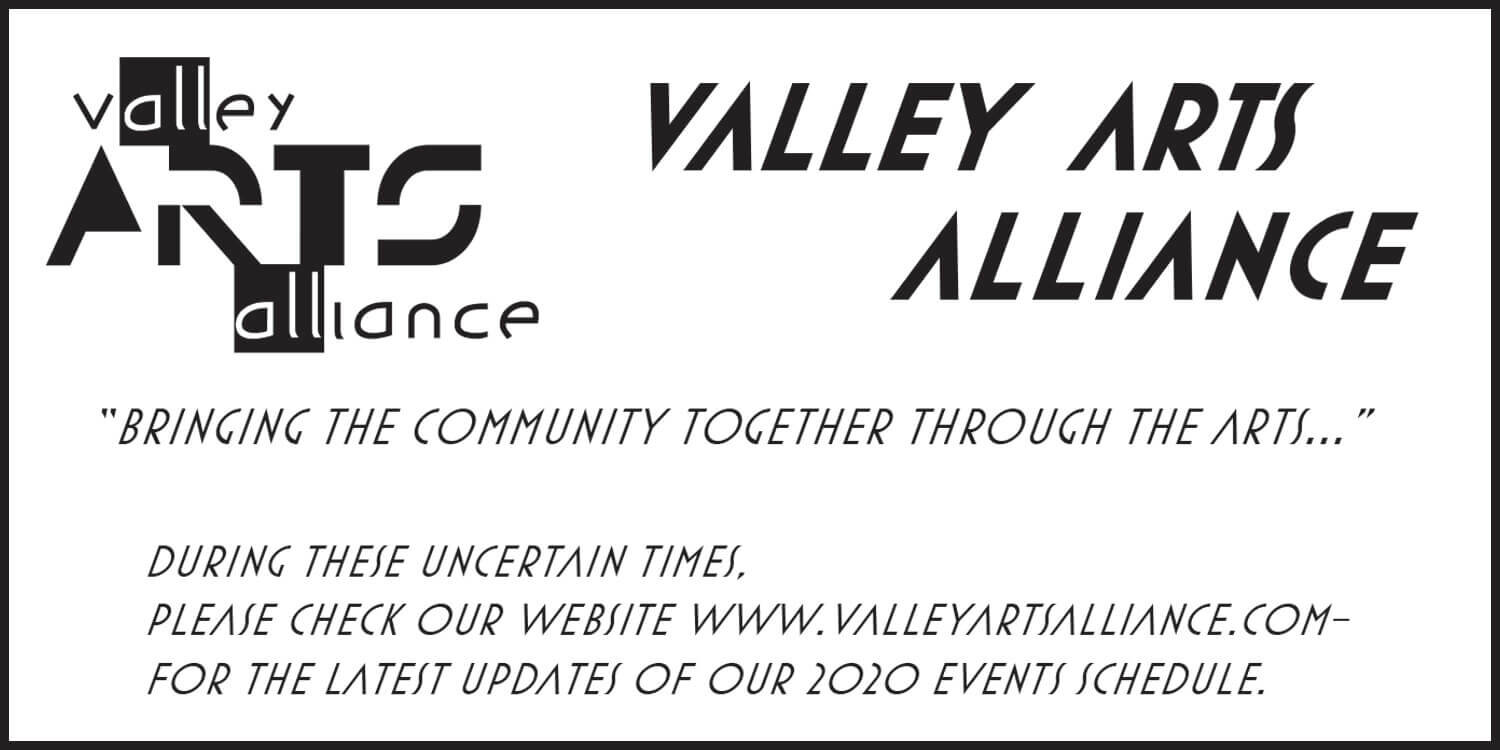Contributed by Carmen Summerfield
Nothing is more fundamental to our democracy than the free exchange of accurate information. A democracy thrives when its citizens are informed, and will wither when they are misled, deceived, or kept in the dark.
So, as a bad joke, I’ll help you learn how to deceive someone. Take my quick course on hyperbole and misinformation.
Number 1: Make sure you say something that works on people’s emotions. Humankind’s relationship to information is more emotional than rational. So tug at their heartstrings and trigger an emotional reaction. Fear, outrage, or hope overrides our rational defenses.
Number 2: You don’t have time, or the inclination, to thoroughly read and understand all the many articles available. Just read the headlines and then “like” or “forward” those that sound good. The more you send, the more you can amplify unreliable and divisive content.
Number 3: Confuse ‘em so they can’t spot misinformation patterns. A misinformation pattern is overuse of certain words or phrases, such as “long lines”, “voter fraud”, or “over testing”, in all the articles. Switch things up. Most people will get so confused that they’ll believe anything you say.
Number 4: Fabricate some fake videos or still pictures. Everyone knows how to “photoshop”, and most people don’t know the difference. So be creative!
Number 5: Make people think that the “other guy” or “other product” can’t be trusted. If you say something enough times, people will believe it. Eventually they’ll become cynical. And when they hear the same bad thing said about your product or idea, they won’t believe that either.
Remember, people who have an impassioned viewpoint about something do not want to hear an opposing viewpoint.
All joking aside, credible information doesn’t ask for your trust, it EARNS it by being transparent, fair, and accurate. If you see something that is fake, false, or misleading, DO SOMETHING!















































